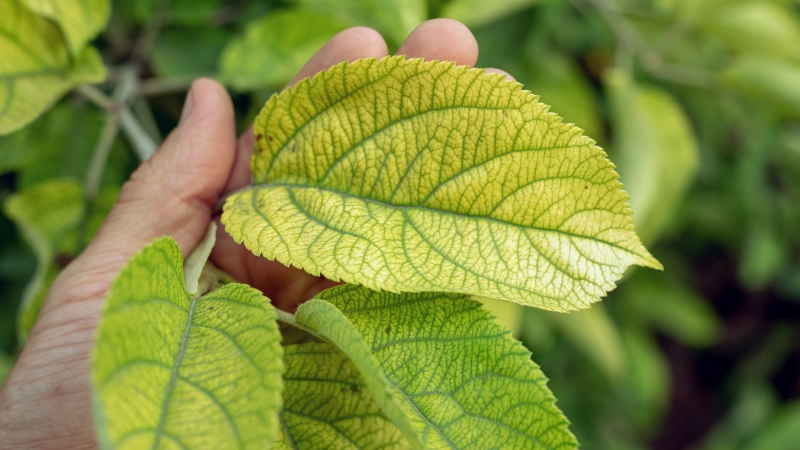Pest Of The Month: Spider Mite

The spider mite, a pest found across the country, is an undiscerning arachnid, going after all kinds of crops from soybeans to strawberries. As Mark Bolda, of the University of California cooperative Extension in Santa Cruz County, explains, timing is everything when it comes to warding off this pest.
Explaining that the development phase is when the crops are at their most vulnerable, Bolda says, “If it gets into the crop in that stage, it can be quite a serious problem, as the plant isn’t well developed enough to hold its own.”
Bolda also warns that growers need to act fast when it comes to spider mite control, as the entire life cycle of the pest can be between 10 and 14 days.
“Populations pick up quickly,” he emphasizes, making it something growers really have to keep after.” In addition, he says that although the pests are a nationwide threat, warmer temperatures can increase pressure.
He also warns that once there is a heavy infestation, it may be too late to save the crop, so acting early is key.
The Damage
According to Bolda, the spider mite not only removes things like sap and nutrients from the plants, it injects a poison that is toxic to the plant. As a result, even a small amount of damage in the early stages of plant development can reduce yield.
To recognize the damage of spider mites, Bolda suggests taking a look at the underside of leaves. “You’ll see tiny little yellow dots on the foliage,” he says. “In addition, if the infestation is heavy, you’ll see webbing on the underside of the leaf. If the infestation is light, though, you’ll just be able to see pin-prick size arachnids moving around.”
Eggs are generally harder to see with the naked eye, as they are tiny, spherical, clear, and colorless, explains Bolda. They do, however, become a pearly white color as hatching approaches.
Taking Control
Bolda suggests an array of controls for growers, but says that he cannot underplay the importance of plant vigor. “Mites go for weak plants, he says, so keeping the crop healthy in general is important.” In addition, he says a little-known issue contributing to mite infestations is road dust, as it makes the plants dry and vulnerable.
Growers can, he says, choose varieties with a tolerance to mites, but chemical controls should be considered as well. “I would encourage growers to look into miticides,” says Bolda. “Some pesticides, like pyrethroids, control spider mites, but they also kill beneficials, which are an important line of defense. Miticides kill the bad mites specifically, so although expensive, they are worth the investment.”
When using chemical controls, however, Bolda suggests alternating modes of action to discourage mite resistance, something the pests have been proven to be able to develop.
In addition, he suggests considering the time of year that controls are being used. Bolda says that if a grower notices numerous mites in strawberry fields in August, they don’t need to be highly concerned, but in January or February, action should be quickly taken to ensure a healthy crop throughout the growing season.
Understanding the timing and amount of damage caused by mites and when plants are most susceptible can save growers money and ensure a healthy, highly marketable yield, by eliminating unnecessary spraying, emphasizes Bolda.










